In the old days, every Chinese household will make Tang Yuan 汤圆 to celebrate winter solstice 冬至, which falls on 22nd or 23rd, just three days before Christmas.
There is a saying that the winter solstice is more significant than the Spring festival (Chinese New Year). No wonder many Chinese will take a day off, busy preparing for the celebration with a magnitude comparable to the new year. Most family members will make their way home to join one of the main activities, gathering together to make Tang Yuan that involves kids to the eldest.
Besides the winter solstice, Tang Yuan is also served on the last day of Chinese New Year, also known as the Lantern Festival 元宵节.
Making Tang Yuan involves the whole family, as it is tedious to make a large quantity. Nevertheless, the process is straightforward. The elderly will prep the dough, and kids will shape the dough with multi-color. By itself, the making of Tang Yuan promotes family togetherness, harmony, unity, and happiness.
My favorite Tang Yuan is the simplest one without filling but occasionally indulges with those encased with the sweetened sesame paste. I also prefer using natural ingredients over artificial coloring. Below is my Tang Yuan recipe, with and without sesame paste. It has a mochi-like texture, chewy and slippery which is a perfect dessert during winter when served in a bowl of steaming hot ginger scented syrup.
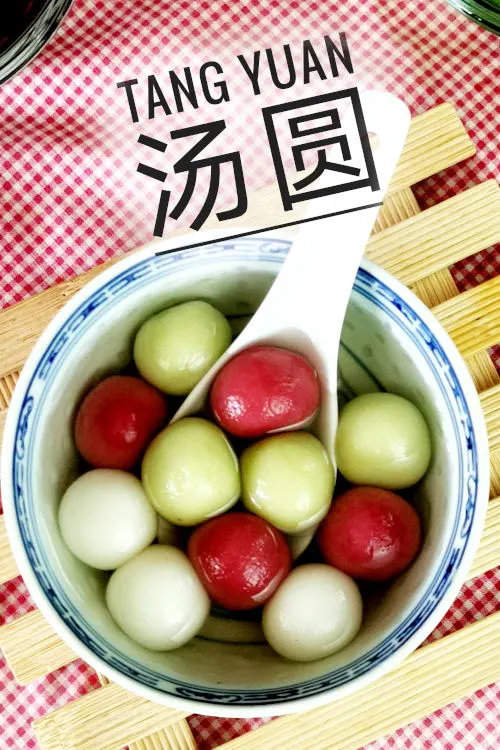
Note: This post may contain affiliate links. Please read my privacy policy for more info. I may receive commissions for purchases made through links in this post. As an Amazon Associate, I earn from qualifying purchases.
Making Tang Yuan is easy yet complicated
The basic Tang Yuan takes only two basic steps, make the dough balls and serve in a ginger-infused syrup. Then, to take it to the next level, color the dough with natural coloring and fill it with stuffing. I made both this year, and here are the details.
1. Prepare the dough for Tang Yuan
Tang Yuan is a cooked dough consisting of glutinous rice flour and water.
- Measure the amount of glutinous rice flour required in a large mixing bowl.
- Add some boiling water into the dough and knead it. The hot water will partially cook the flour, making it less likely to crumble while shaping.
- When the flour has absorbed all the hot water, add more cold water and knead until it forms a malleable, plasticine-like dough.
- Roll them into small balls (mine is about 12g each). Otherwise, cover with a damp cloth until you are ready to wrap the filling.
Note:
- The amount of water required is slightly more than half of the flour. I use 200g of glutinous rice flour, and the amount of water necessary to form the dough is 140ml. Half of it is in boiling water.
- Glutinous rice flour does not form an elastic and stretchy dough like bread flour. It is pretty crumbly. As a result, there is a tendency to add more water, hoping to make it less crumbly. However, too much water will cause the dough to become too soft, resulting in an out of shape Tang Yuan, especially those with filling.
- The Tang Yuan dough is freezer-friendly and can be made in advance. The dough should be wrapped with a plastic sheet or cling wrap and kept in an airtight container. Remove from the freezer and let it returns to room temperature before use.
2. Make multi-colored dough balls
Tang Yuan is not only a great-tasting dessert, but it is also eye-pleasing.
The simplest way to create multi-colored Tang Yuan is to add a few drops of food coloring to the dough.
A more tedious method is to color the dough with natural juices. I made some green and red Tang Yuans with pandan and beetroot juices. The result is an aesthetically attractive bowl of shiny pearls.
- To make pandan juice (green). Cut two or three pandan (screwpine leaves) into one-inch sections, and blend with half a cup of water. Filter the mixture through a fine wire-mesh strainer, and that is the pandan extract you need to make green Tang Yuan.
- To make beetroot juice (red). First, cut the beetroot into small cubes. Then add sufficient water until it can bring the beetroot cubes to a swirl while turning on the blender. After that, let the beetroot juice pass through the strainer.
- To make the colored Tang Yuan, replace the cold water used in making the plain dough with the juice.
Note:
- You can also create yellow and purple Tang Yuan by adding some mashed pumpkin and purple sweet potatoes to the dough. However, I did not do that because I was working alone.
3. Infused the syrup with ginger
The glutinous rice balls are served in ginger syrup. To prepare, all you need is ginger, sugar, and water, with two pandan leaves to enhance the flavor.
Bring a liter of water to a boil, then add the bashed ginger, pandan leaves, and sugar. Let it boil for five minutes, and then pass through a filter to get the clean syrup.
Note:
- Bash the ginger helps to release its flavor while boiling.
- Old ginger has a more intense ginger flavor than the young one.
- You can alter the amount of sugar to get the desired sweetness. The type of sugar can be white, brown, or palm sugar.
- Add a teaspoon of dry osmanthus to the syrup while boiling to add a floral fragrance.
4. Get ready the stuffing of your choice
If you wish, make some stuffing for your Tang Yuan. The most common stuffing is black sesame and groundnut stuffing.
I only made black sesame stuffing in this recipe. You can make the groundnut stuffing by substituting the sesame and following the exact method.
- Toast the black sesame seeds over low heat in a pan until dry and turn aromatic.
- Place them in the blender and crush them until they become paste.
- Add the caster sugar and butter and mix well.
- Shape the filling into small balls and freeze.
- Shape a piece of the dough into a circle. Place the frozen filling on top and wrap it inside the dough. Please refer to the video on this page, which shows the wrapping process.
Note:
- Be careful while toasting the black sesame. You could quickly burn the sesame seeds without realizing they have been toasted. Also, the sesame will plump up and easily crush when you press with your finger when it is done.
- Adjust the amount of sugar according to your palate. Do not use coarse sugar because it is difficult to melt. The best is castor sugar, which can quickly be melted while cooking the Tang Yuan.
- Traditional lard is commonly used for preparing the filling. Butter is a good substitute. The amount of lard/butter will affect the texture of the filling. Using less oil will stay as a thick paste and turn into molten lava when more oil is incorporated. You decide how much oil you want to use.
- The dough to filling ratio is crucial, as the dough can burst if there is too much filling. The ratio I use is 5g of filling for 12g of dough.
- The frozen filling is easier to handle while encasing it inside the dough.
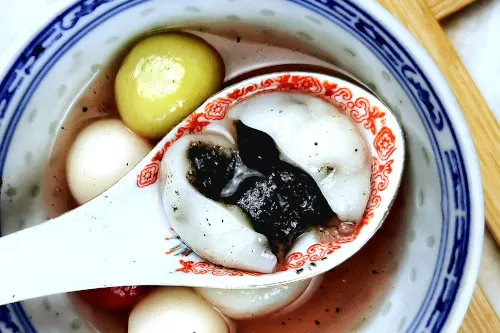
5. Cook the Tang Yuan, and serve
The final part is pretty straightforward. Bring a pot of water to a boil. Drop the Tang Yuan carefully into the water and cook until they float. Stir the Tang Yuan gently in the first half-minute to avoid sticking to each other.
The Tang Yuan is cooked when it is fully floated on the surface. I suggest cooking for another minute for those sweet dumplings with filling to ensure the sugar in the filling is melted.
If you do not serve the sweet dumplings immediately, transfer them to a bowl of cold water to prevent them from sticking. Otherwise, drop them into a bowl of the hot syrup to serve immediately.
Note:
You can make the Tang Yuan in advance. First, lay the rice balls on a tray to freeze. Then, after the balls are hardened, put them in a freezer bag and keep them in the freezer. Just throw the Tang Yuan directly into boiling water when you want to cook them. They will take a longer time to float.
Tang Yuan - How to make sweet dumplings served with ginger syrup
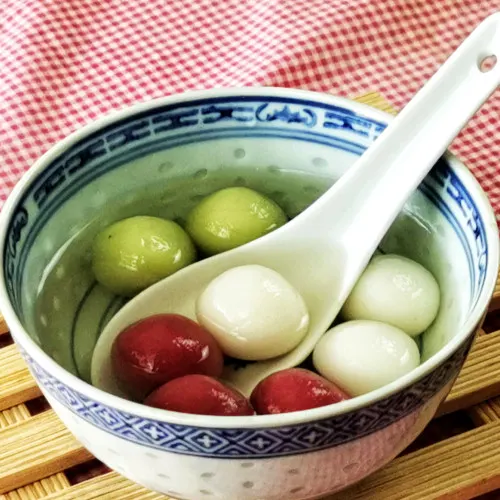
Tang Yuan (glutinous rice balls) is sweet dumpling desserts serve during the winter solstice. This is a detailed recipe for this dessert.
Ingredients
For the dough (30 dumplings, half with fillings) A:
- 200 glutinous rice flour
- 70ml hot water
- 70ml cold water (See note)
For the sesame filling (for 15 dumplings) B:
- 40g black sesame seeds
- 20g sugar
- 25g butter
For the syrup C:
- 1L water
- 100g sugar
- 35g ginger
- 2 pandan leaves
Instructions
Prepare the dough
- Measure the amount of glutinous rice flour required in a large mixing bowl.
- Add some boiling water into the dough and knead it. When the flour has absorbed all the hot water, add more cold water and knead until it forms a malleable, plasticine-like dough. (Replace cold water with juice for color dough, as in section 2 of the text)
- Roll them into small balls (mine is about 12g each). Otherwise, cover with a damp cloth until you are ready to wrap the filling.
Make the syrup
- Bring a liter of water to a boil, then add the bashed ginger, pandan leaves, and sugar.
- Let it boil for five minutes, and then pass through a filter to get the clean syrup.
Prepare the Tang Yuan with filling
- Toast the black sesame seeds over low heat in a pan until dry and turn aromatic.
- Place them in the blender and crush them until they become paste.
- Add the caster sugar and butter and mix well.
- Shape the filling into small balls and freeze.
- Shape a piece of the dough into a circle. Place the frozen filling on top and wrap it inside the dough.
Cook the Tang Yuan
- Bring a pot of water to a boil. Drop the Tang Yuan carefully into the water and cook until they float.
- Stir the Tang Yuan gently in the first half-minute to avoid sticking to each other.
- The Tang Yuan is cooked when it is fully floated on the surface. (for the Tang Yuan with filling, cook for another minute for those sweet dumplings to ensure the sugar in the filling is melted.
- Transfer them to a bowl of cold water to prevent them from sticking. Otherwise, drop them into a bowl of the hot syrup to serve immediately.
Notes
- To make red dumplings, replace the cold water with beetroot juice.
- To make green dumplings, replace the cold water with pandan juice.
- Please refer to section 2 of the article to prepare the beetroot and pandan juice.
Recommended Products
As an Amazon Associate and member of other affiliate programs, I earn from qualifying purchases.
Nutrition Information:
Yield:
30Serving Size:
1Amount Per Serving: Calories: 1170Total Fat: 4gSaturated Fat: 1gTrans Fat: 0gUnsaturated Fat: 2gCholesterol: 2mgSodium: 65mgCarbohydrates: 252gFiber: 12gSugar: 5gProtein: 24g
This data was provided and calculated by Nutritionix on 12/20/2021. The calculation includes the ginger syrup.

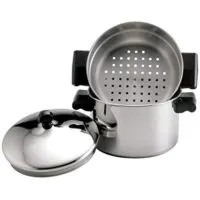
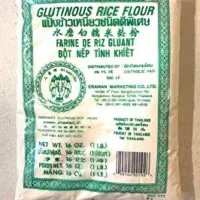

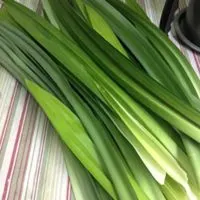
KP Kwan
Monday 20th of December 2021
Hi, this is KP Kwan. I am happy to see you in this comment area, as you have read through my recipe. I am glad to reply to any questions and comments as soon as possible.